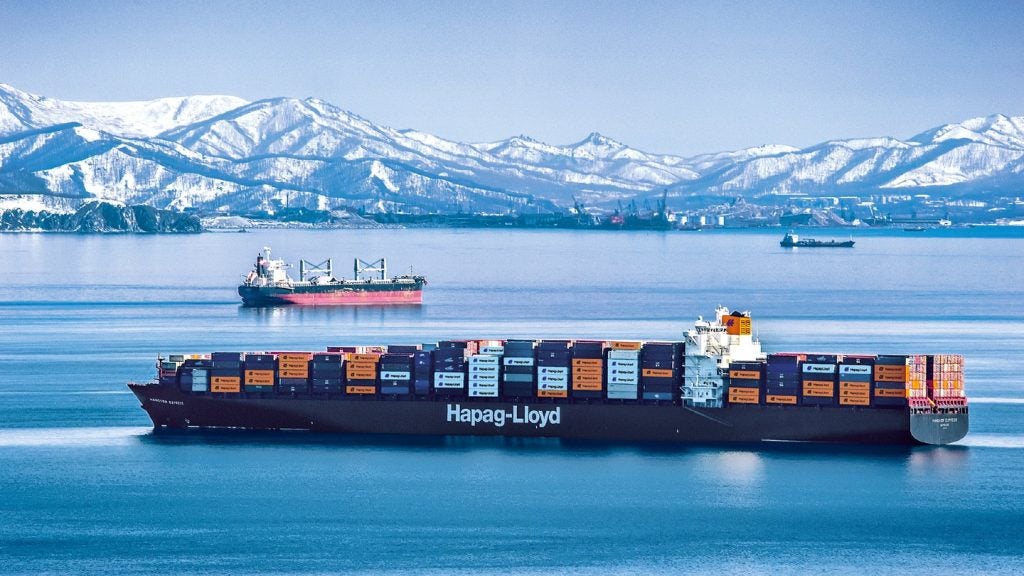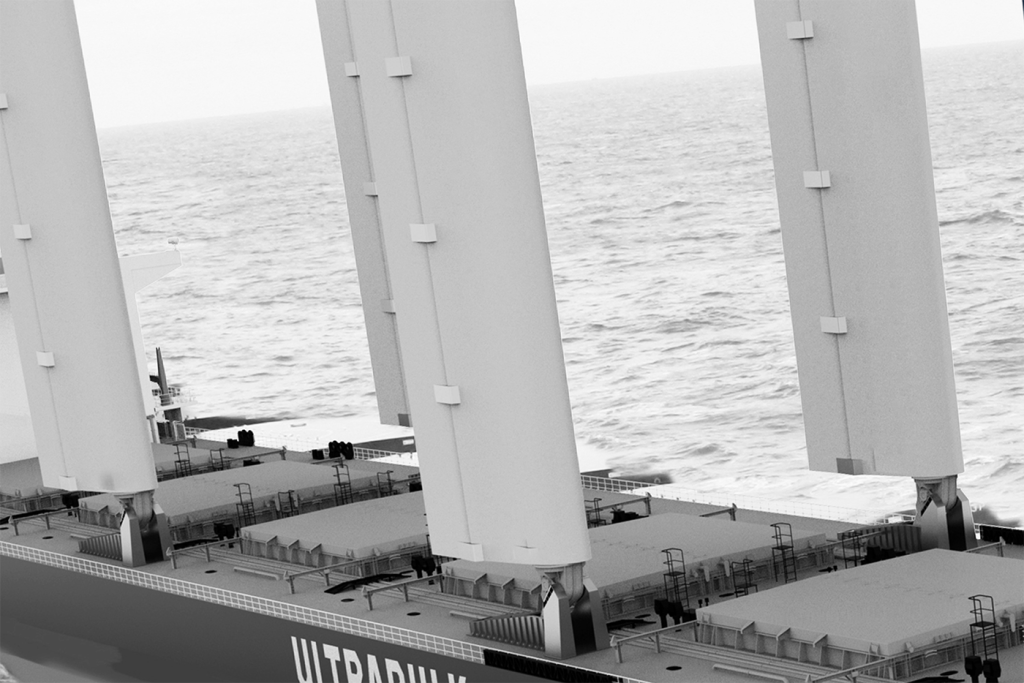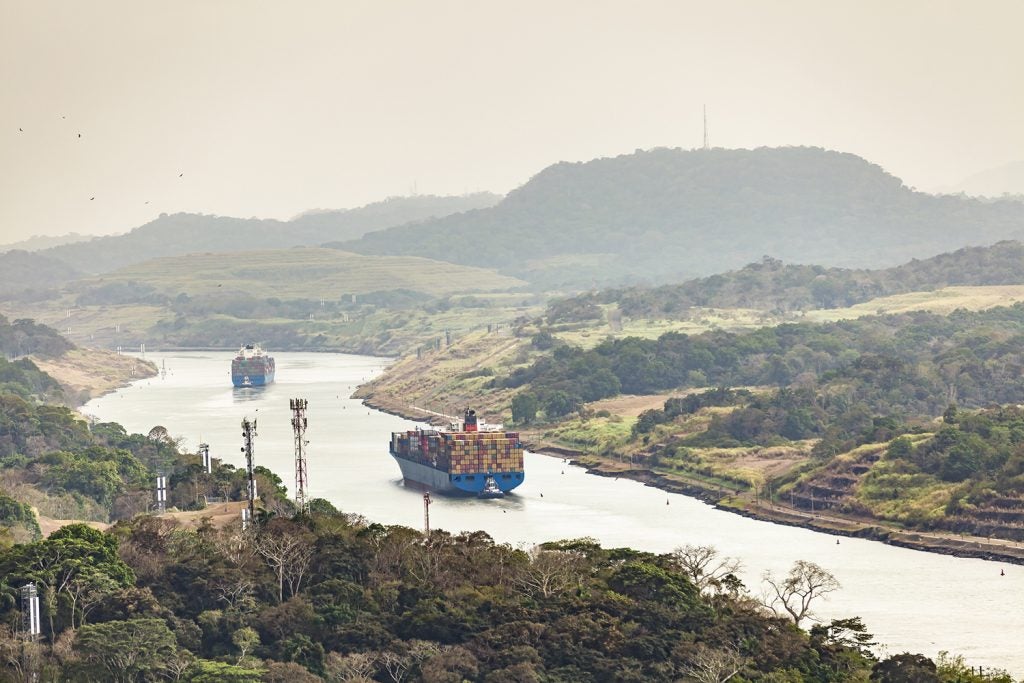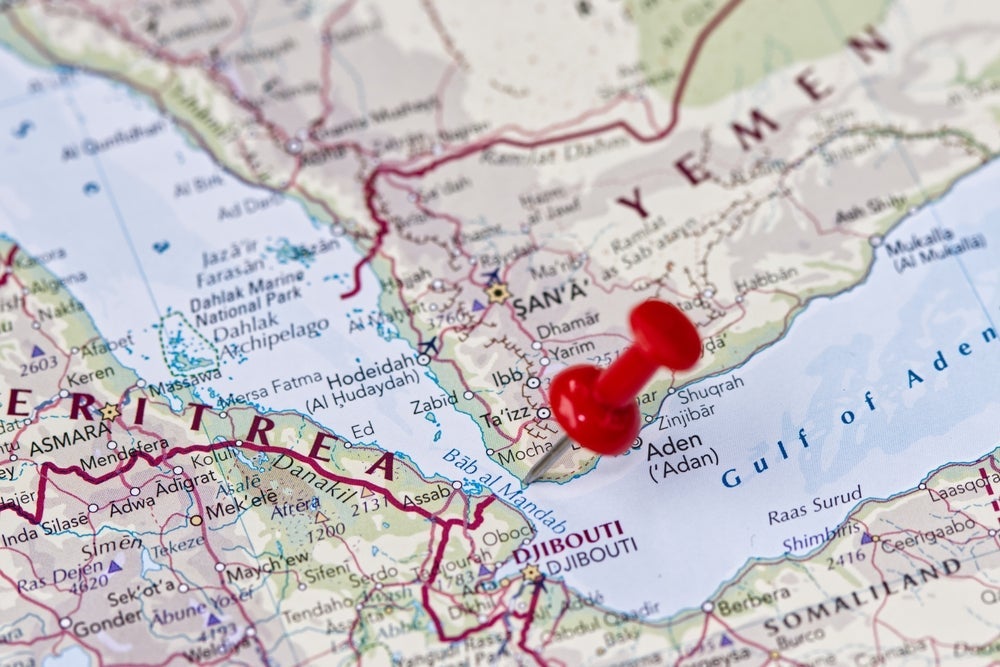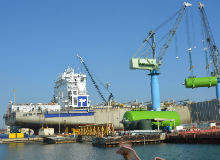

The news that industry heavyweights have joined forces to develop an end-to-end LNG supply network for North American inland and coastal waterways could signal a watershed moment in the use of LNG as a marine fuel.
The alliance – consisting of Siemens Drilling and Marine, Dresser-Rand, and Lloyd’s Register – has one fundamental aim: to make LNG more widely available. At the heart of this is an innovative mobile LNG bunkering barge, linking the entire supply chain from natural gas procurement to liquefaction and delivery to new-build ships or retrofit.
Crucially, it is hoped that it will help vessels operating across the North American Emissions Control Area to meet requirements for cutting emissions. When announcing the news, David Grucza of Siemens Drilling and Marine highlighted how the alliance, although for now focusing on North America, is prepared to spread its wings.
“In putting together this team of leaders in the marine and LNG space. Our integrated solution … will remove the chicken-and-egg hurdle from the LNG equation,” he said in December 2015. “This is a disruptive concept for the maritime industry, and the technology exists for immediate adoption. This is not limited geographically, and we stand ready to support the marine industry globally, although our initial focus is on deploying US shale gas.”
Included in the concept is a land-based and/or floating liquefaction barge, a LNG bunkering barge consisting of C-Type tanks with up to 2,500m3 capacity and a 4,200 or higher horsepower river Pushboat, constructed by Waller Marine and Shearer Group.
How well do you really know your competitors?
Access the most comprehensive Company Profiles on the market, powered by GlobalData. Save hours of research. Gain competitive edge.

Thank you!
Your download email will arrive shortly
Not ready to buy yet? Download a free sample
We are confident about the unique quality of our Company Profiles. However, we want you to make the most beneficial decision for your business, so we offer a free sample that you can download by submitting the below form
By GlobalDataIn the words of David Waller, president of Waller Marine, this represents the “holistic answer” to the maritime industry’s LNG “hurdle”.
Making every port LNG ready
The inspiration for the project is an assumption that the number of LNG-fuelled vessels – approximately 40-50 at the time of writing – will continue to grow over the coming years, largely due to stricter emission regulations and heightened environmental concerns. Some estimates suggest we could see 1,800 vessels in operation by 2020.
However, Garry Hart, vice president of Black & Veatch’s energy business, believes that the predicted growth thus far has been slower than expected.
“A few years ago, the annual level of new-build and conversions was expected to number in the hundreds,” he explains. “The drop in price for low sulphur diesel – which is currently an acceptable alternative to meet emissions limits imposed in regulated waters – has taken away much of the early momentum for considering LNG.
“Conversions of existing vessels to LNG are costly and require several months of retrofit. Until LNG is available in every port of call, at a predictable price and delivery time, owners will remain reluctant to make the extra investment that LNG requires.”
So, despite what appears to be a wave of expansion at first glance, LNG-powered vessels and the supply of gas are still in their infancy. TOTE, which took the plunge last year with the world’s first such containership, MV Isla Bella, has only recently loaded LNG bunkers onto the vessel. Approximately 100,000 gallons were transported using a transfer skid, which allows four tanks to be transferred to the vessel at once.
Speaking last year to Ship Technology Global, TOTE executive vice president Peter Keller said the most difficult issue to overcome is supply.
“The real issue is, how doyou get LNG supply?” he asked. “Building the ship is one thing. Converting the ship is one thing. But getting the LNG and delivering it to the vessel is a challenge. [But] as other ports and LNG facilities come into play, I think you will see the supply increasing and therefore ship owners will have more options and places to go.”
Europe, America and Asia: welcoming LNG
As Keller notes, it is crucial that more and more LNG facilities open their doors for business, and a quick glance across Europe, Asia and North America does show an increasing willingness to follow such a path and ease supply chain issues.
A 2015 report by KPMG states that global spending on LNG facilities will rise by 88% in the five years to 2019, with $193bn to be spent on liquefaction and shipping.
With the numerous component parts of a liquefaction plant – a stream of hydrocarbons, delivered by pipelines, power, a wide range of consumables and spare parts, as well as and operations and maintenance staff – reaching, or even surpassing, this $193bn figure is likely.
In an interview with KPMG, LNG-Worldwide director Patricia Roberts said: “We’ve got an unprecedented number of new global LNG projects, 135 million tonnes, under construction. A lot of the easy projects have been done. We do talk about more remote locations, more environmental and stringent terms and conditions for developing these projects.”
In Europe, the Sefarina vessel became the first seagoing vessel to be bunkered with LNG in the port of Antwerp, while in 2014 the European Union announced it would support studies to analyse the potential introduction of LNG infrastructure in Spain and France.
In Asia, the Singapore Maritime Port Authority has plans to launch a bunkering pilot programme, while the Chinese Ministry of Transportation’s Ship and Port Pollution Prevention 2015-2020 plan is encouraging the promotion of LNG as a marine fuel.
The challenges for Asia include a lack of infrastructure, combined with reticence from ship owners to invest in LNG-fuelled ships without assurances that the appropriate facilities are ready and operational.
KPMG’s report recommends using expertise from the oil and gas industry in terms of operating in remote locations, as well as considering floating LNG facilities. According to Hart, the answer lies in forming a robust, reliable supply of fuel.
“The right approach has to be client focused,” he says, “which means supplying quality fuel, exactly when needed, safely delivered, for a market competitive price, every time. Most existing ports will compete with each other to become LNG fuelling hubs, and those with the combination of low-cost pipeline gas for liquefaction or low-cost import will gain the advantage.”
It is also necessary, he adds, to have local government and regulators supporting development, highlighting Singapore as one location with the right combination of “advantages and intent”.
“Perhaps hydrogen will one day take over as the marine fuel of the future, but that isn’t feasible yet, and could take decades to unfold,” concludes Hart. “That means LNG has a high probability for being the dominant fuel once a balance of supply and demand returns for oil, and prices once again return near $100 per barrel. Is that two years, four years, or ten years? No one truly knows that answer.”
Whether or not LNG growth will be as expected is open for debate, with plenty of hurdles to overcome. In essence, Hart’s conclusion regarding the unpredictable price of oil can also be applied to LNG’s future in the maritime industry. Predictions, after all, can be wrong.



